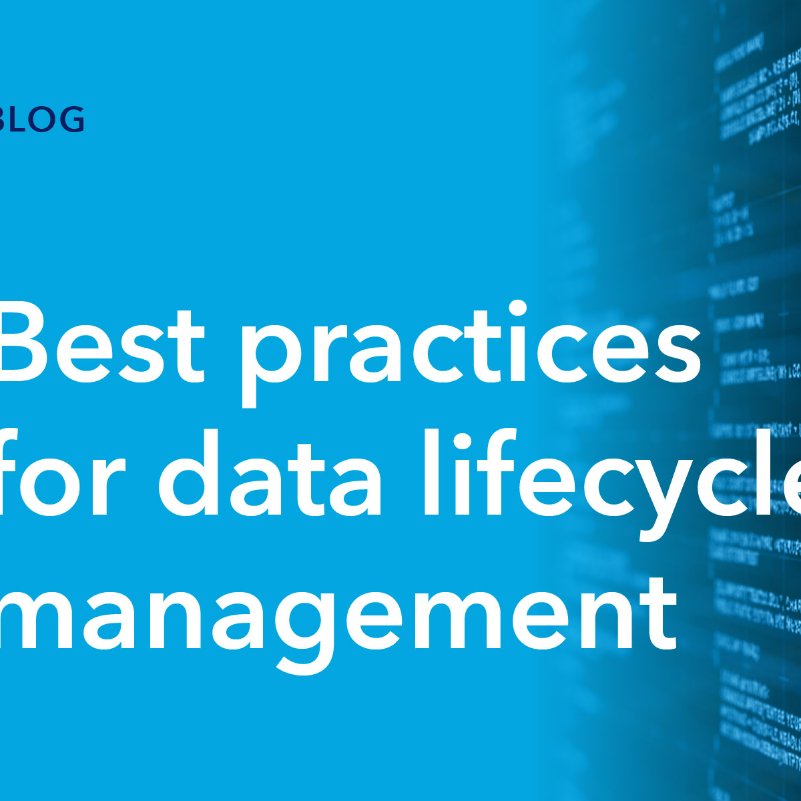Data lifecycle management describes the processes, policies, and procedures of managing data throughout its entire life—from the first entry into your system (data capture) all the way through its retirement (data deletion). All data has a lifecycle, and data lifecycle management ensures that your data function is proactive in managing each step of that journey.
All data, regardless of the type, has to be created. The capturing of particular information and the format it takes depends on the nature of your organization and its data needs.
Once data is created, it is sent to data storage, which may be on-premises, cloud-based, or a hybrid of the two. The storage may consist of a data lake, data warehouse, or data lakehouse approach, depending on the needs of the organization. In this stage, data is cleaned, processed, and prepared for the next stage.
Winter-Proofing Your Water Hea...
Smart Ducted Air Conditioning ...
Beyond the Clinic How NDIS Phy...
Catchy Colorful and Custom Bea...
Small Wedding Venues Sydney fo...
Why Is Email Marketing Importa...
Keep Your Surfaces Pristine Ho...
The Future of Custom Cardboard...
Getting That Well-Rested Look ...
Importance of Quality and Heal...

